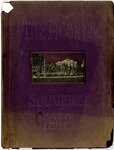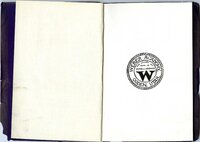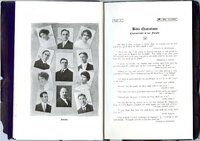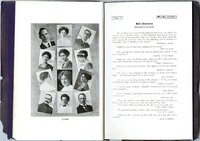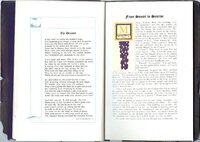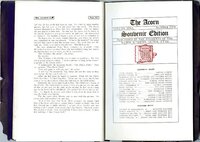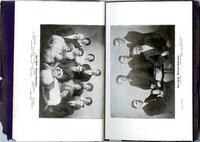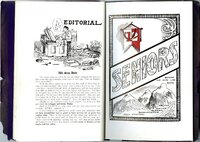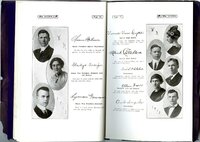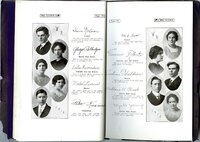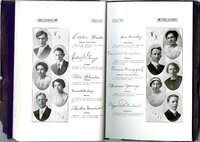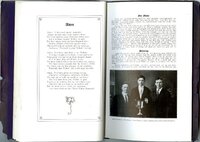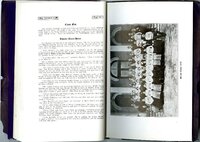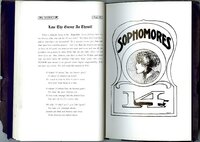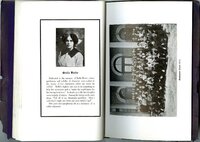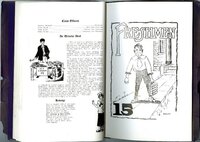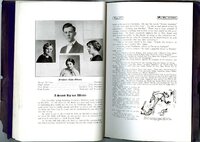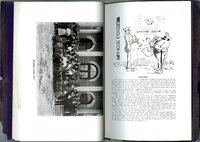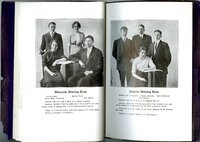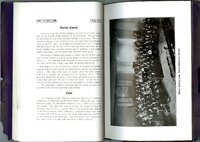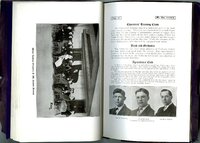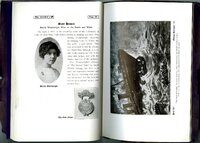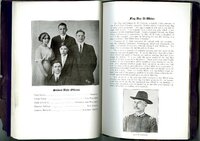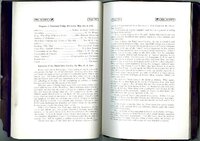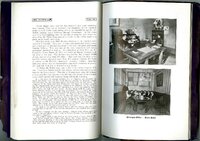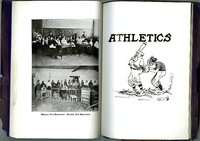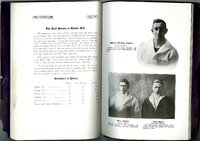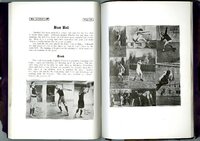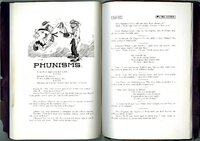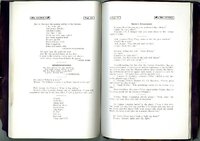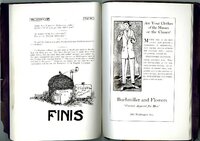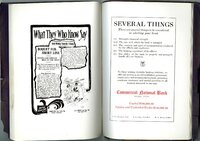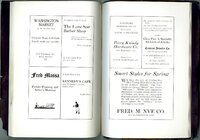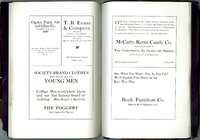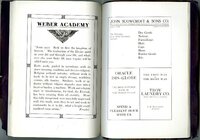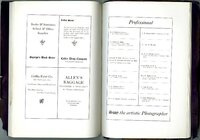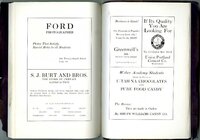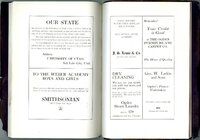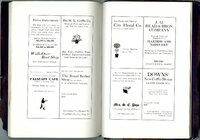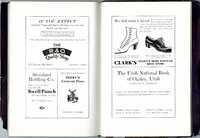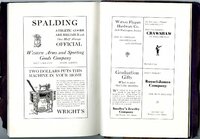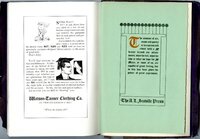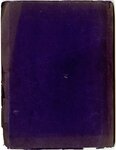| Title |
1912 The Acorn Souvenir |
| Creator |
Weber Academy |
| Description |
A collection of yearbooks from Weber Academy which comprise the years 1905 to 1918. Included in the yearbook are photographs of students, class officers, faculty, Board of Education, athletics, and departments within the academy. It also contains sections on the clubs and organizations within the Academy, literary pages, student poetry, and advertisements from local businesses |
| Subject |
Student activities; Advertising; Athletics; State boards of education; Calendar; Clubs; Education, Secondary; Faculty; Forms, Literary; Obituaries; Ogden (Utah); Students; Weber Academy; Yearbooks |
| Digital Publisher |
Stewart Library, Weber State University, Ogden, Utah, USA |
| Date Original |
1912 |
| Date |
1912 |
| Date Digital |
2007 |
| Temporal Coverage |
1905; 1906; 1907; 1908; 1909; 1910; 1911; 1912; 1913; 1914; 1915; 1916; 1917; 1918; 1919; 1920; 1921; 1922; 1923; 1924; 1925; 1926; 1927; 1928; 1929; 1930; 1931; 1932; 1933; 1934; 1935; 1936; 1937; 1938; 1939; 1940; 1941; 1942; 1943; 1944; 1945; 1946; 1947; 1948; 1949; 1950; 1951; 1952; 1953; 1954; 1955; 1956; 1957; 1958; 1959; 1960; 1961; 1962; 1963; 1964; 1965; 1966; 1967; 1968; 1969; 1970; 1971; 1972; 1973; 1974; 1975; 1976; 1977; 1978; 1979; 1980; 1981; 1982 |
| Item Size |
9.75 x 7.5 inch |
| Medium |
yearbooks |
| Item Description |
Paperback book with pages numbered 1-68, followed by 27 pages of advertisements. |
| Spatial Coverage |
Weber County, Utah, United States, http://sws.geonames.org/5784440 |
| Type |
Text; Image/StillImage |
| Conversion Specifications |
TIFF images were scanned with an Epson Expression 100000XL scanner. JPG and PDF files were then created for general use. |
| Language |
eng |
| Rights |
Public Domain. Courtesy of University Archives, Stewart Library, Weber State University |
| Source |
LD 5893.W55 A24 1912 Weber State University Archives |
| Format |
application/pdf |
| ARK |
ark:/87278/s639wt2n |
| Setname |
wsu_year |
| ID |
106241 |
| Reference URL |
https://digital.weber.edu/ark:/87278/s639wt2n |
| Title |
1912 The Acorn Souvenir - 1912_028_page52&53 |
| Description |
A collection of yearbooks from Weber Academy which comprise the years 1905 to 1918. Included in the yearbook are photographs of students, class officers, faculty, Board of Education, athletics, and departments within the academy. It also contains sections on the clubs and organizations within the Academy, literary pages, student poetry, and advertisements from local businesses |
| Subject |
Student activities; Advertising; Athletics; State boards of education; Calendar; Clubs; Education, Secondary; Faculty; Forms, Literary; Obituaries; Ogden (Utah); Students; Weber Academy; Yearbooks |
| Date Original |
1912 |
| Date |
1912 |
| Type |
Text |
| Conversion Specifications |
Archived TIFF images were scanned at 300 dpi with an Epson Expression 10000XL scanner. JPG and PDF files were then created for general use. |
| Rights |
Public Domain. Courtesy of University Archives, Stewart Library, Weber State University |
| Source |
Archives LD 5893.W55 A24 1912 |
| Format |
application/pdf |
| Setname |
wsu_year |
| ID |
111034 |
| Reference URL |
https://digital.weber.edu/ark:/87278/s639wt2n/111034 |

